We got lucky with the weather last Friday, as it rained pretty heavily on Saturday and Sunday. So the first thing we had to do this morning was bail out the units. Everyone needs to learn how to bail out units.
After Jim Legg and one of the students finished up what little remained of Unit 8 first thing in the morning, we used the total station to locate a couple of grid points "upstairs" to establish the E 1000 line. We resectioned off the two permanent (concrete and rebar) datums that I established last May when I started work on the profile. (In survey work, "resectioning" is when you shoot two known points to figure out the location of an unknown point -- where the instrument is set up. Once the computer in the total station calculates the position and orientation of the instrument with respect to the site grid, you can then shoot additional unknown points. Doing this is often much more convenient then setting up over a known point and shooting to a backsight, as you can set up anywhere as long as you can see two known points.)
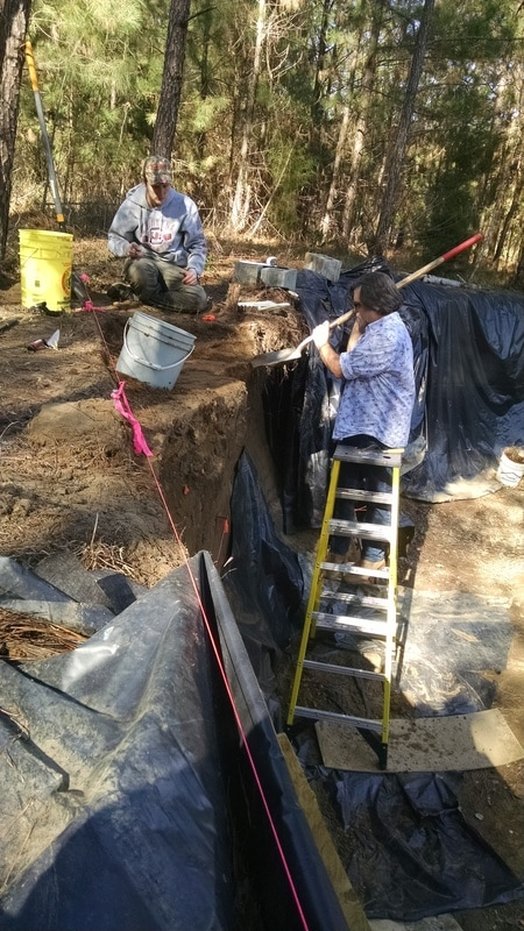
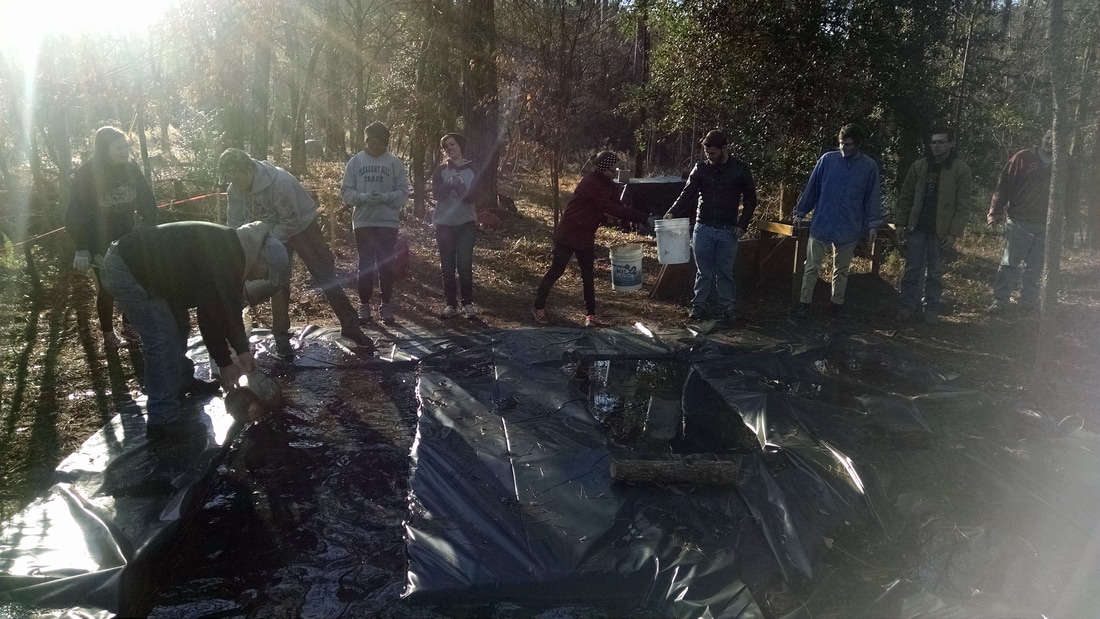
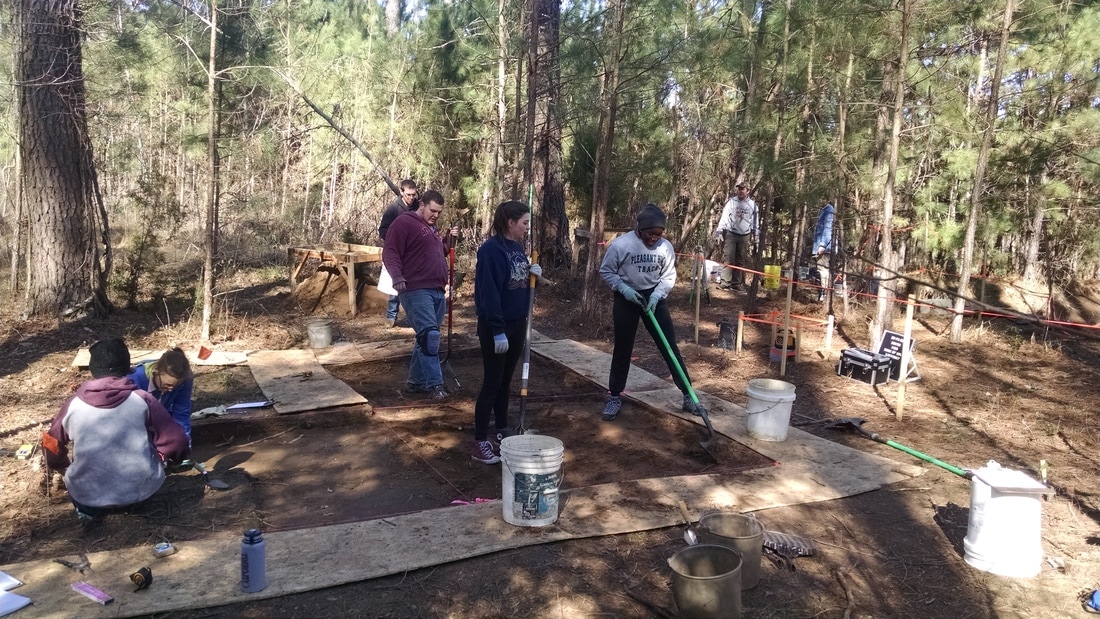
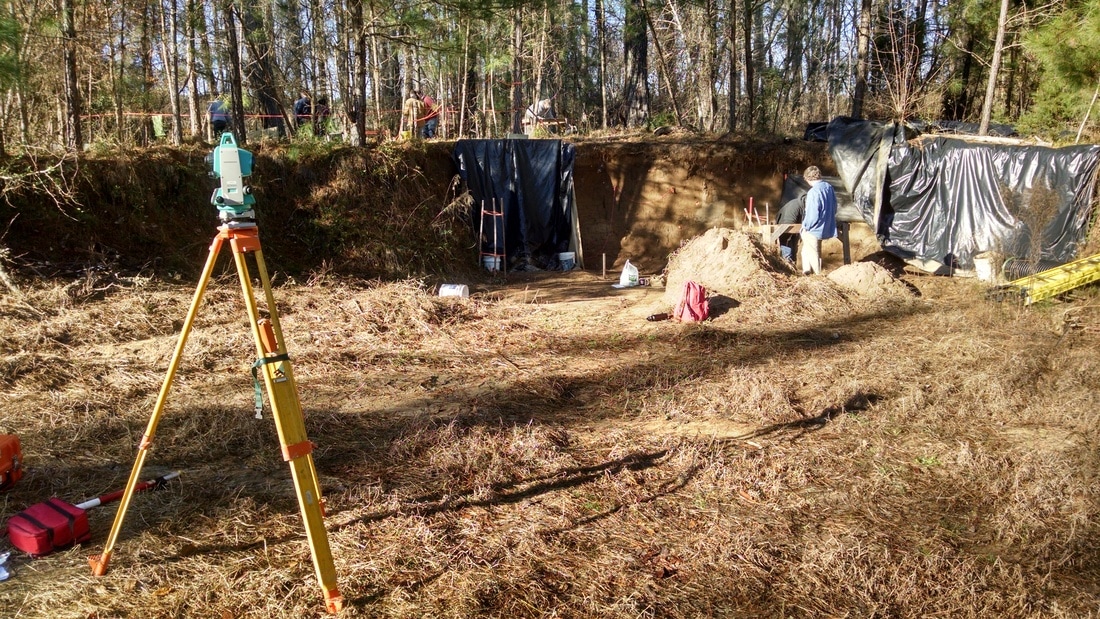
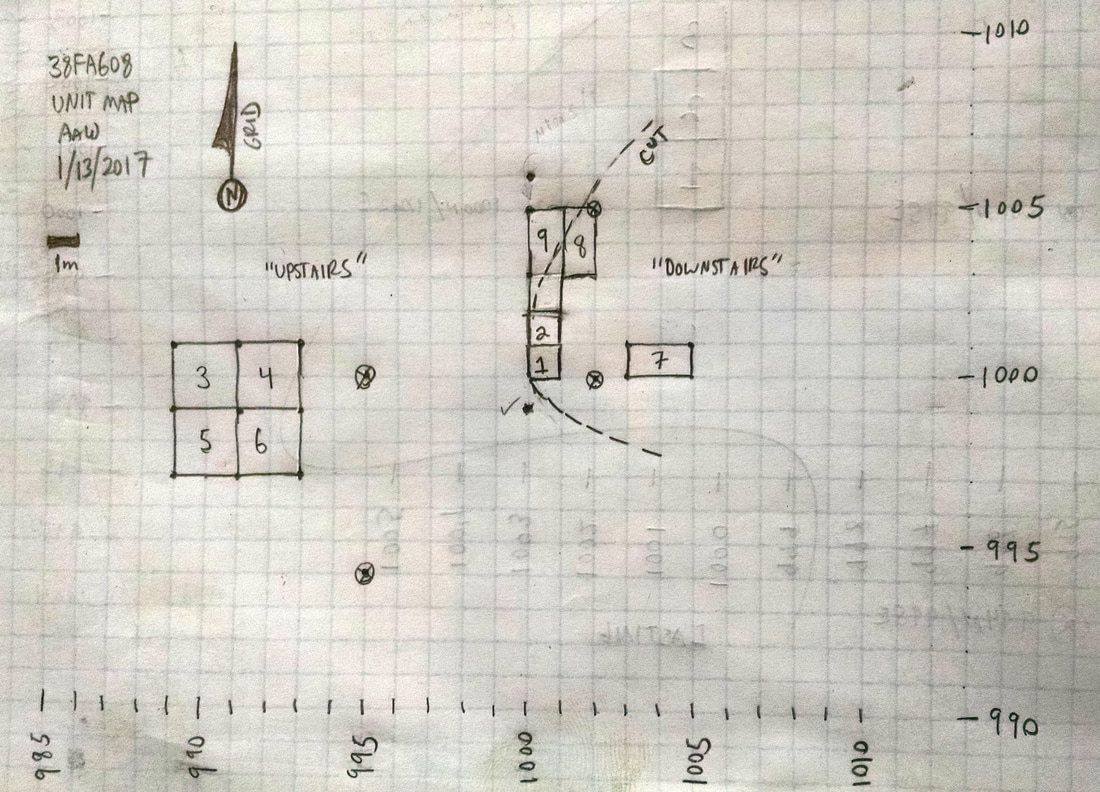
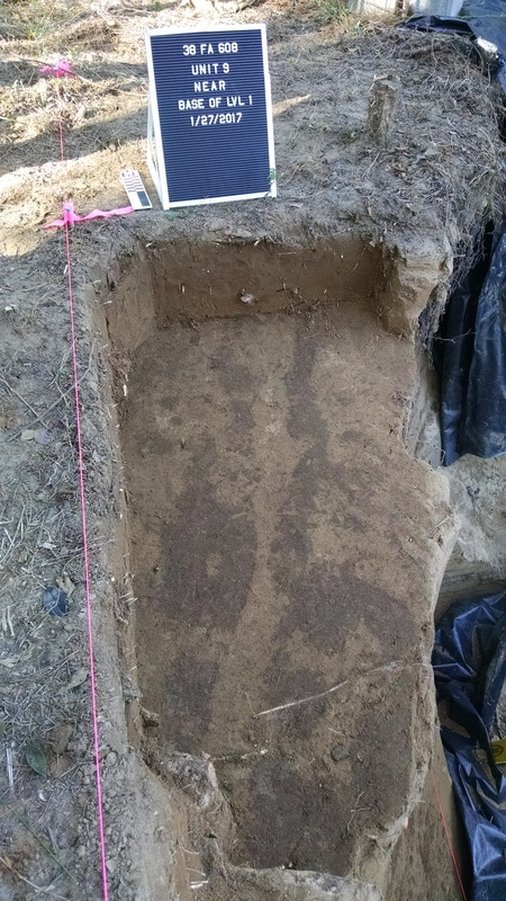


 RSS Feed
RSS Feed
